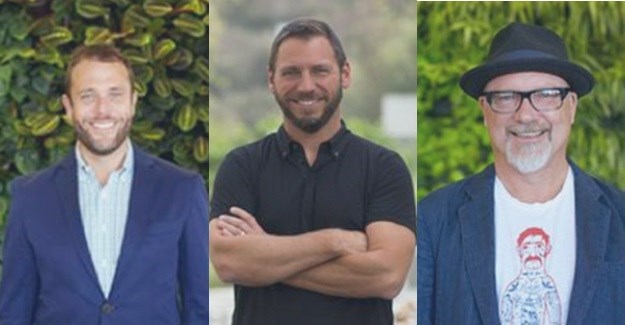"Why you don't need an innovation department to foster innovation."
And all the better for it.

Agency owners perpetually struggle with pitching, margins, cost of sales and differentiation. Despite the fact that they may be based in Sydney, London, Dublin, New York or South Africa, the things that test agencies are strikingly similar. And that’s what resonated in this talk. Despite the fact that they are one of the most successful agencies in the world, they still struggle like the rest.
So what did they talk about?
In many ways, nothing unique or revolutionary but rather a blueprint for how founders must imprint their personal values and style into the very essence of their organisation. Rather than merely reacting to the vagaries of the market, or worse the whims of their clients, they clearly and openly share their blueprint for how they do it. Granted it’s not for everyone. But in the immortal words of Public Enemy, “If you don’t stand for something, you fall for anything”. And we all know where that ends up. A death spiral of pitching and lowest fee wins.
Their talk was broken into three key components:
1. Mindset
In true Californian style, they are rabidly optimistic. But there is method in their madness. They bring partners and clients together and start with a ‘best intentions’ model; let’s presume everyone has the best intentions to create something really special. This sense of shared optimism and purpose sets the framework to create something genuinely different. Their view is that even with the most conservative of clients, if the agency brings a relentless optimism it can only be infectious.
How many times have agencies despaired at the lack of appetite for original thinking from our clients? But, maybe it’s time they asked themselves a more pressing question; are we doing enough to create the conditions and tone that helps our clients be part of an exciting journey into the unknown?
2. Space
Are agencies creating the right working environments to foster innovative thinking? Open-plan offices, cellular offices, and silo-ing of creatives and client service into separate areas are potential blockers to creativity. Despite the fact that the way of working has changed radically in the last few years, where the work has stayed almost the same.
3. Timing
A hot topic for the presenters was the notion of the myth of perfection. Always waiting for the right project, the right client or the right team. To use their surfing analogy, you surf the wave you're on. If you don’t get the big TV budgets, don’t wait to create the stand-out TV ad. If you don’t have a risk-taking client, either minimise the risk for them or search for another client that has nothing to lose. If the client has no money, fund it yourself and agree to payment based on results. Nothing proves your commitment to an idea more than putting your own money into it.
Ultimately, don’t wait for the perfect conditions, start now with the conditions and clients you already have at your disposal.
In summary, like all simple ideas, their talk was easy to understand but difficult to implement.
We need to remember that the stars we see at Cannes and other events aren’t smarter or more ambitious or even more creative than the rest of us. Maybe they’ve just taken the time to work out what they believe in. And have then followed it relentlessly.
They reminded me of when I first started out in this business; wide-eyed, excited, scared, confused but absolutely thrilled. These guys still have that twelve years later after founding 72andSunny. Maybe that’s the real secret to their success.
Written in collaboration with Stephen Quinn, founder and managing director of Atomic, a creative agency based in Dublin and London.

































